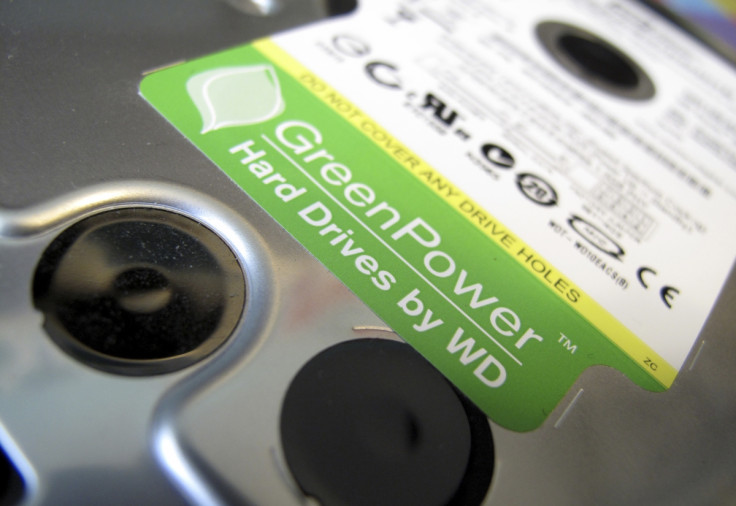Microwave-based hard disc drive could expand storage up to 40TB
The new product could possibly reach consumers by 2020.

US computer data storage company Western Digital (WD) has devised a way to make use of microwave technology on its write heads that can expand storage in hard disk drives (HDDs) by up to 40 TBs.
The technology will make use of traditional HDDs that have 3.5 inch disks rather than solid state drives (SSD) that have become popular over the last few years. In spite of the compact nature of SSDs and their seemingly more reliable operation, most people still make use of hard drives simply because it is cheaper, Gizmodo reports.
While a HDD right now has a maximum capacity of between 10 and 14 TB, the new type of write head, a small arm-like device that moves above the disc, creates a magnetic current and enables the writing of information. The new write head that WD has created makes use of a "spin torque oscillator" that uses microwaves. It copies data at a lower magnetic field by creating the right amount of energy necessary for it to work. This in turn creates a situation where "the capability to extend areal density gains up to 4 TB per square inch".
By 2025, it would be possible to pack in 40 TB of storage into a HDD. Flash storage is just unable to keep up with the level of data being created right now and also won't be able to for the foreseeable future, maybe well into the next decade.
The new product will not come to the market before 2020.
The report cites Greg Schulz, a storage analyst and operator of StorageIO, as saying that it all boils down to the economics of it. He says innovations in the field of SSDs are not happening fast enough when compared to the sheer volume of data that is created by users. The cost of Flash storage is still quite high because manufacturing infrastructure is yet to adapt to the demand created by people who need storage.
WD has said that its existing production lines can still be used to build microwave-assisted magnetic recording (MAMR) drives, obviating the need for a new factory.
MAMR is not seen as the ultimate answer to the issue of storage, because it deals only with higher capacity, not necessarily with better performance. Hence, technologies like Flash and MAMR will have to work side by side, notes the report.





















